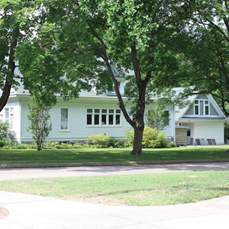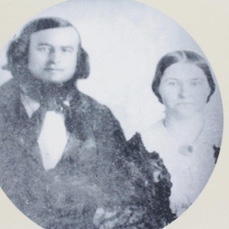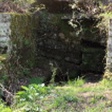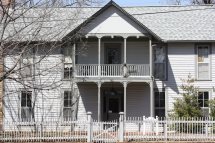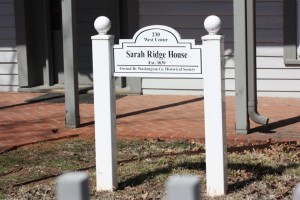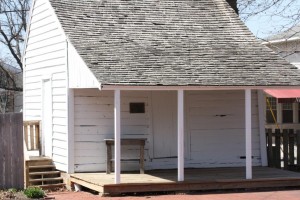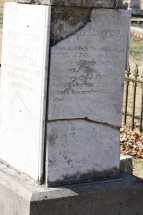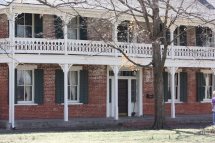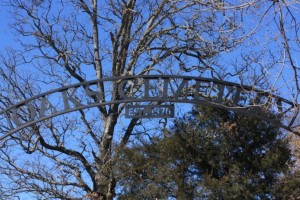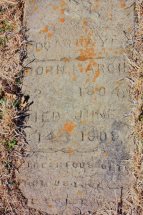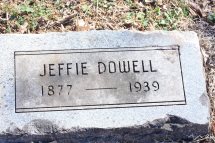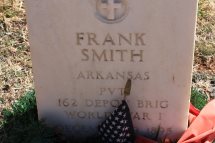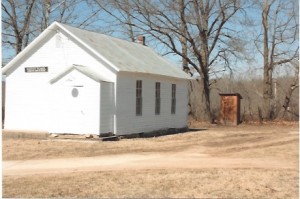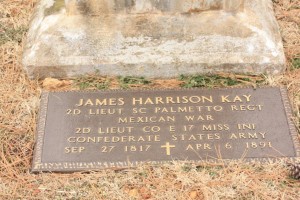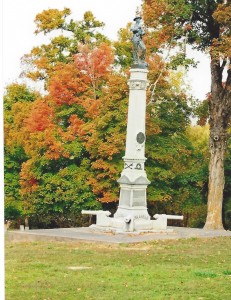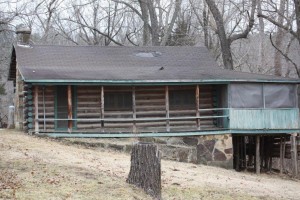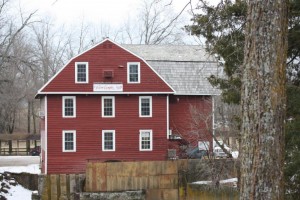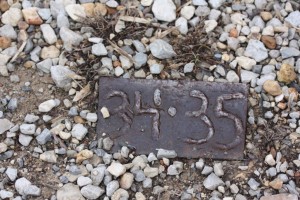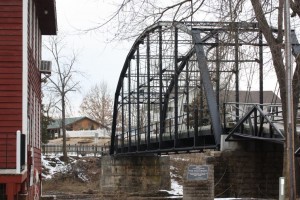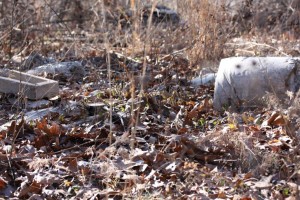Among all of the quotes about history, there are many which rightly remind us that if we do not study history we are doomed to repeat the same mistakes over and over again,
Although this is quite true, my favorite quote about history’s relevance focuses not so much on human failings that tend to plague each generation, but rather on what makes us inextricably tied to history and to those who preceded us.
Long before it was discovered that we carry the DNA of our ancestors within every cell in our bodies, Ralph Waldo Emerson wrote:
“. . .man is a bundle of relations, a knot of roots, whose flower and fruitage is the world. ”
As I will explain later, this point was driven home to me just a couple of months ago.
The Blackburns and the Van Winkles
Last week, we posted an essay about one of NW Arkansas’ earliest settlers, Peter and Temperance Van Winkle. We ended just as the Van Winkles returned from the Civil War to find their home had been burned, and the lives they had so painstakingly built had to be reconstructed, just as the Union itself had to be rebuilt after being torn asunder by war and violence.
Although it is known their home was burned, it is unclear whether Confederate or Union soldiers torched it. Some accounts claim that the Union, wishing to decimate the source of lumber the Confederates received during the Rebellion destroyed it, while other accounts contend that in an effort to keep the Union from taking over the lumber mill, the Confederates took action to keep potential booty from being confiscated by the North.
Whichever side was guilty, the result was the same.
After the war, Van Winkle’s emancipated slaves chose to continue to work for him — undoubtedly a huge help with all of the work that had to be done.
Although the cost of living and land values were relatively cheep after the war, money and food were scarce and Confederate money was worthless.
However, over time, Van Winkle rebuilt the lumber mill, and soon, it outshone it’s former glory. Van Winkle provided the lumber for a number of projects, including the construction of Old Main at the University of Arkansas in Fayetteville in the 1870s.
Two Influential Pioneer Families
One of Van Winkle’s daughters married J.A.C. Blackburn, the son of Sylvanus Blackburn (of War Eagle Mill fame).
JAC made a name for himself in his own right — instrumental in creating infrastructure in Rogers, AR, he and his wife lived near the downtown most of lives. Toward the end of their lives, Peter and Temperance also resided in Rogers.
It was in Rogers in February of 1872 that Peter and Temperance, as was their routine, took a walk with their son one February evening.
This was Peter’s last sojourn; while on the walk he collapsed and died immediately – the result of a massive stroke. The new state had lost a pioneering icon; NWA Arkansas had acquired a legend.
Knots and Roots
Back to the Emerson quote. In May of this year, I took a trip to see my aunt, Nancy Howell Stevens, and cousin Paige Carlile Kerr.
Soon after arriving, Nancy mentioned that her husband’s physical therapist, knowing I lived in Arkansas, asked if I’d heard of a renowned, historical mill located in NW Arkansas. My mouth literally fell open! Not only had Lynn and I been to the mill several times, I’d done extensive research on Sylvanus and Catherine Blackburn, which we wrote about in an earlier post.
That was astounding in itself, but it got even better. As we wrote previously, Sylvanus and Catherine had many children – but John (the physical therapist) was a descendent of JAC Blackburn, tying him directly not only to the Blackburns, but to the Van Winkles as well.
Some would blithely say that it’s a small world, and it is; but even more than that? We truly are a “bundle of relations, a knot of roots.” And that, my friends, is why Lynn and I truly love bringing you stories of Hidden Treasures in the Ozarks.


